By Meghan Roos
Photos by MacKenzie Mercurio
[H]undreds of rock fans gaze up at the Brooklyn Bowl stage, unable to look away as guitarist Tyler Bryant and drummer Caleb Crosby face off. Fingers fly as the bandmates dare each other to play louder and faster. Lead guitarist Graham Whitford and bassist Noah Denney watch from opposite sides of the stage, ready to jump in. When the tension breaks, the band erupts in a frenzied crescendo, bending speed and time at will as their four parts blend into one.
“I almost black out at times,” Denney said the day before their November 5th show. “It’s a big adrenaline rush.”
“I often find myself forgetting to breathe,” Bryant agreed. “To be onstage with this band…it’s like being on the front of a freight train that’s going really fast.”
Tyler Bryant & the Shakedown look like they’ve stepped out of a photo shoot for a 1970s rock magazine, right down to their long hair and leather jackets. But they don’t just look the part: the Shakedown give everything to their performances, channeling a powerful wave of energy that teeters toward chaos without ever losing control. Three years with the current lineup has enabled each member to seamlessly follow the others, even when unplanned solos pop up. “At any given show, you can be assured Tyler is making something up on the fly without having told any of us,” Denney said.
“Everybody pushes each other,” Crosby added. “It’s never scripted. Moments happen and you roll with it.”
Offstage, the band talks together just like they play together: there’s teasing, friendly competition, and the easy flow of conversation that’s only possible among friends. The Shakedown’s first incarnation started when Bryant moved to Nashville from his Honey Grove, Texas hometown in 2009. Then 17, Bryant had already earned recognition from musicians like Eric Clapton, Jeff Beck and Vince Gill for his guitar skills. Rock ‘n’ roll photographer Robert Knight also noticed Bryant’s talent and included the young guitarist in Rock Prophecies, a 2009 documentary about Knight’s life and work. “He was self-taught, but very natural in his ability,” Knight said of Bryant. “It just came oozing out of him.”
In Nashville, Bryant became friends with Crosby and the two formed a band with bassist Calvin Webster, who has since left the group. Next to sign on was Whitford, who learned to play guitar from his father, Aerosmith’s Brad Whitford. Denney was the last to join in 2012, shortly before the band released their debut album Wild Child. Through its 13 songs (a handful of which came from the band’s 2011 EP From the Sandcastle), Wild Child introduced the Shakedown as aspiring rockers eager to perform emotion-driven solos and maintain a commanding stage presence. Often compared with Tom Petty, the Black Crowes and Jeff Beck, the Shakedown differentiate themselves through their unique performances, delivering on-the-fly solos that can’t be replicated from one night to the next. “They put 110 percent into every show,” Knight said of the Shakedown. “They’re trying to bring back a genre of rock that is almost dead.”
After touring in support of Wild Child, the Shakedown decided to restructure their management team and identify fresh goals as a group. Feeling frustrated about Wild Child’s recording process, Bryant wanted to learn to use studio equipment effectively so that the band would have more control over their music going forward. “If a producer tries to put auto tune on our voices, I can go, ‘I know what you’re doing. Don’t mess with this,’” Bryant said. “This is sacred stuff to us. The art is the most important thing.”
Ready access to recording tools enabled the Shakedown to focus on creating. “We took a lot of time off to write, record, work out parts and figure out exactly what kind of record we wanted to make,” Crosby said.
“We could start an idea at 6 P.M., finish at 6 A.M. and have a finished song that we could put in our cars and listen to,” Bryant added. “A couple weeks later, we’d play it and it’d morph into something different.”
The Shakedown regained momentum earlier this year when fashion designer John Varvatos signed them to his label, which operates beneath the Republic Records umbrella. The band returned to the studio in May to begin work on The Wayside, a six-song EP released on November 13th. “It’s our first band record, where everyone was really involved in the creative process,” Bryant explained of the EP. While Wild Child made use of song ideas developed over years, The Wayside served as the band’s fresh start. “This record’s a lot more personal, lyrically, than anything we’ve done,” Bryant said. “A lot can happen in three years: losing people, meeting new people and being inspired by relationships or a lack thereof. This record is a look into that time we had to live our lives.”
While the EP’s title track is a direct result of the Shakedown’s uncertainty over the last three years (“[It] was like a prayer to music: ‘Don’t let me fall to the wayside,’” Bryant explained), songs like “Criminal Imagination” and the single “Loaded Dice & Buried Money” epitomize the creative collaboration that grew out of that time. “Noah had the bass line for “Criminal Imagination” for a while, which was like a drum groove that Caleb had been saving. I had that title I’d saved and Graham had some riffs,” Bryant said.
This organic writing process seems to work best for the band. “There’s no right or wrong way for us,” Crosby said. “However the song takes shape, however it takes form, it is what it is.”
At Brooklyn Bowl, then approaching the release of The Wayside, the band confirmed that they have more songs to share, though they have no further release dates just yet. With a new management team and label supporting them, the Shakedown are hopeful that their next few years will be busily spent making music, both live and in the studio. “We’re really excited to get on the road,” Whitford said. “We’ve been cooped up for what honestly seems like years. It was worth the wait because we got our team in line, we’ve got a lot of new songs and a new EP. But man, there were some days and nights where it was almost painful.”
Music is exactly what it comes down to for the Shakedown: it’s all they have, and it’s all they want. “I’ve played in two dozen different bands, and I’ve never really made music where every other guy in that band was as totally headfirst, one hundred percent all in as I felt I was,” Denney explained. “That is our drive. No one has a Plan B.”
“This isn’t a job,” Bryant added. “We would do this regardless.”
This dedication has refined the Shakedown’s music—in the grittiest, rock ‘n’ rollingest way possible. Their performances owe a lot to the time they spend writing and playing together, but they also feed off their audience’s energy. “When the audience is with us, that makes us play harder and more intense,” Whitford said. “It’s a mutual exchange of energy.”
“Even if it’s 30 people, you want to feel that intimate relationship,” Crosby added.
The Shakedown have played to thousands at festivals and dozens in bars, but the audience size doesn’t really matter. Every show presents opportunities to attract new fans and establish common ground through music. As Bryant struts before the Brooklyn crowd and Crosby leaps around his set for a solo, they perform as if every single moment defines them.


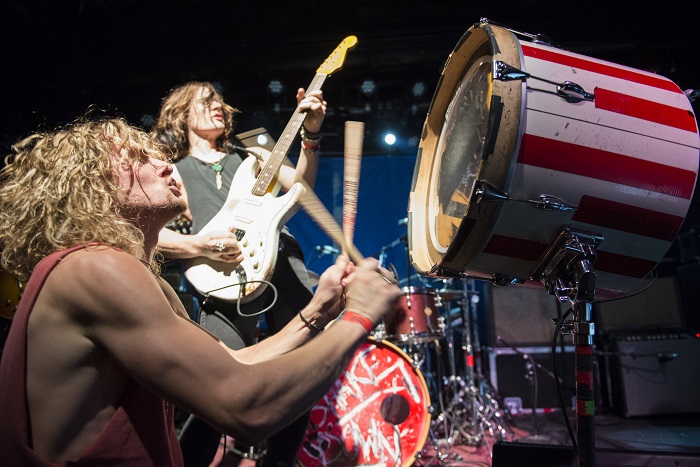

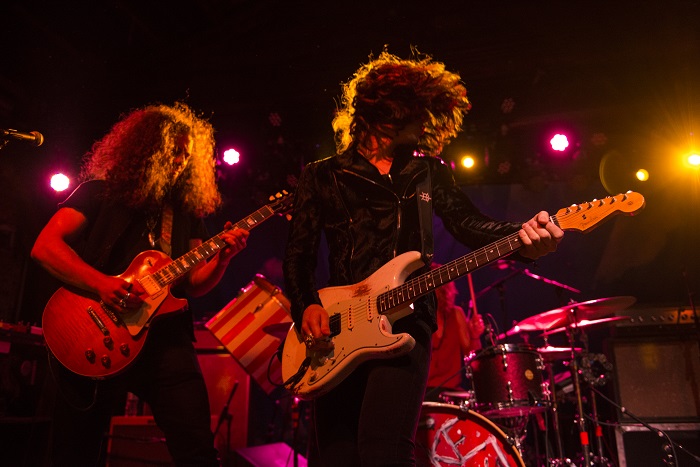
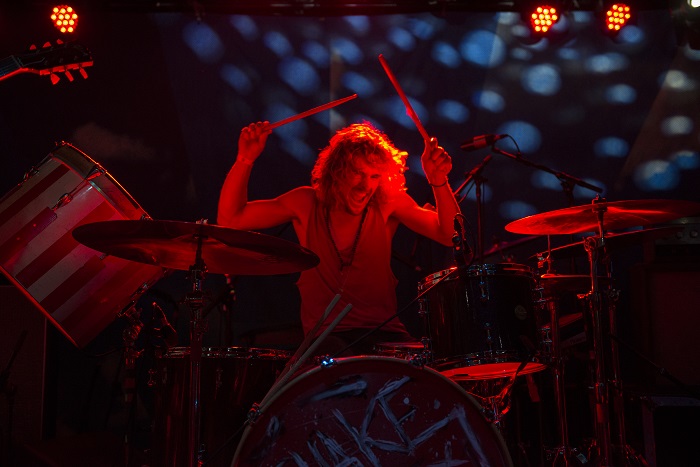
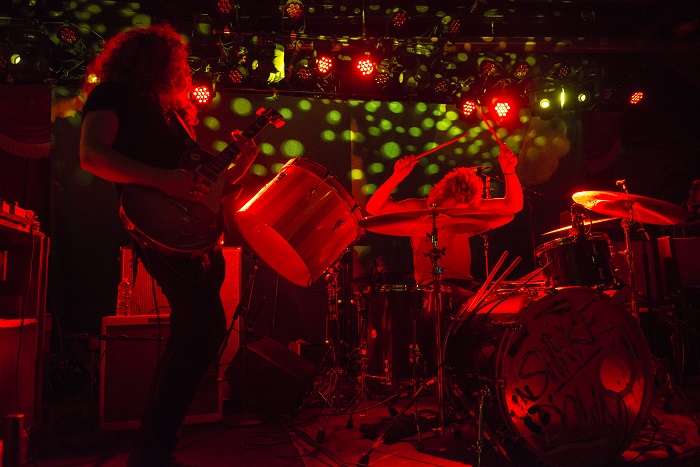

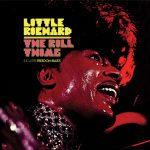
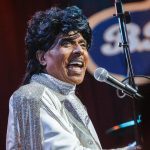
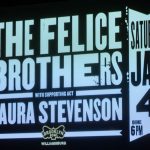
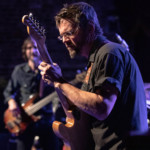

Be the first to comment!